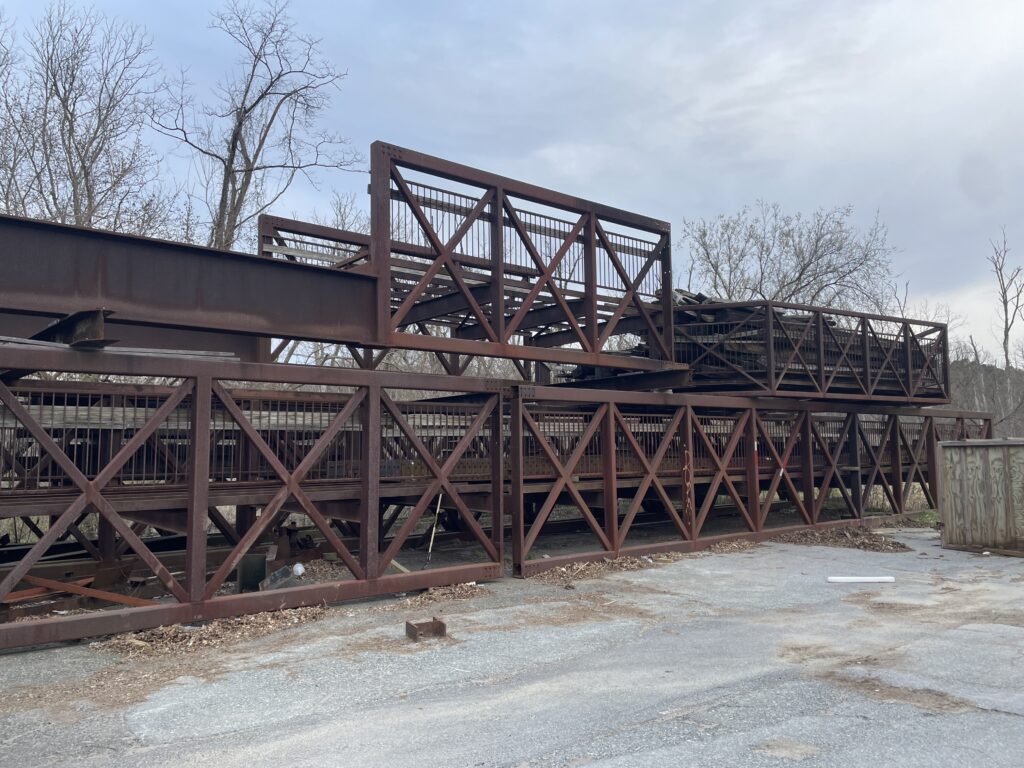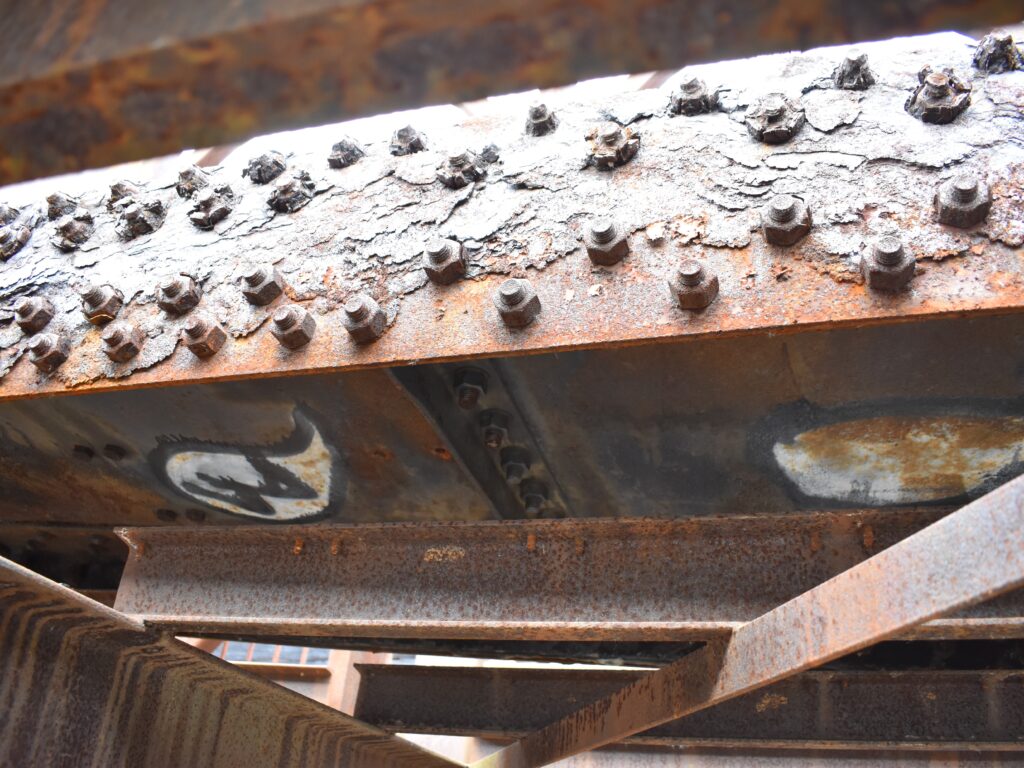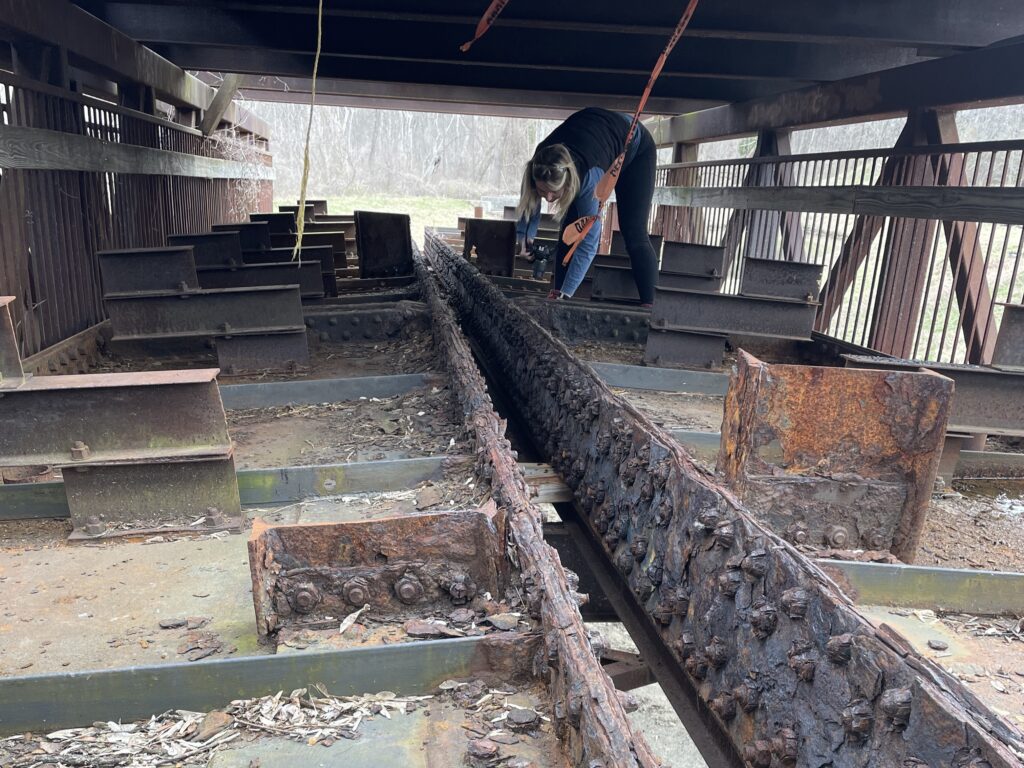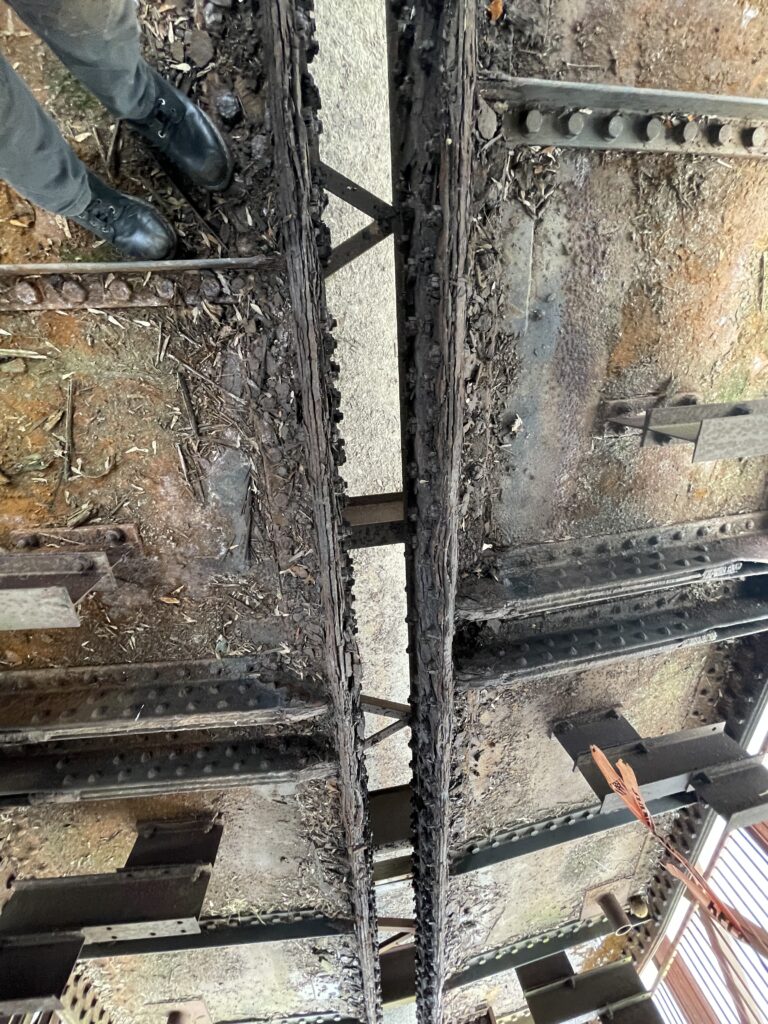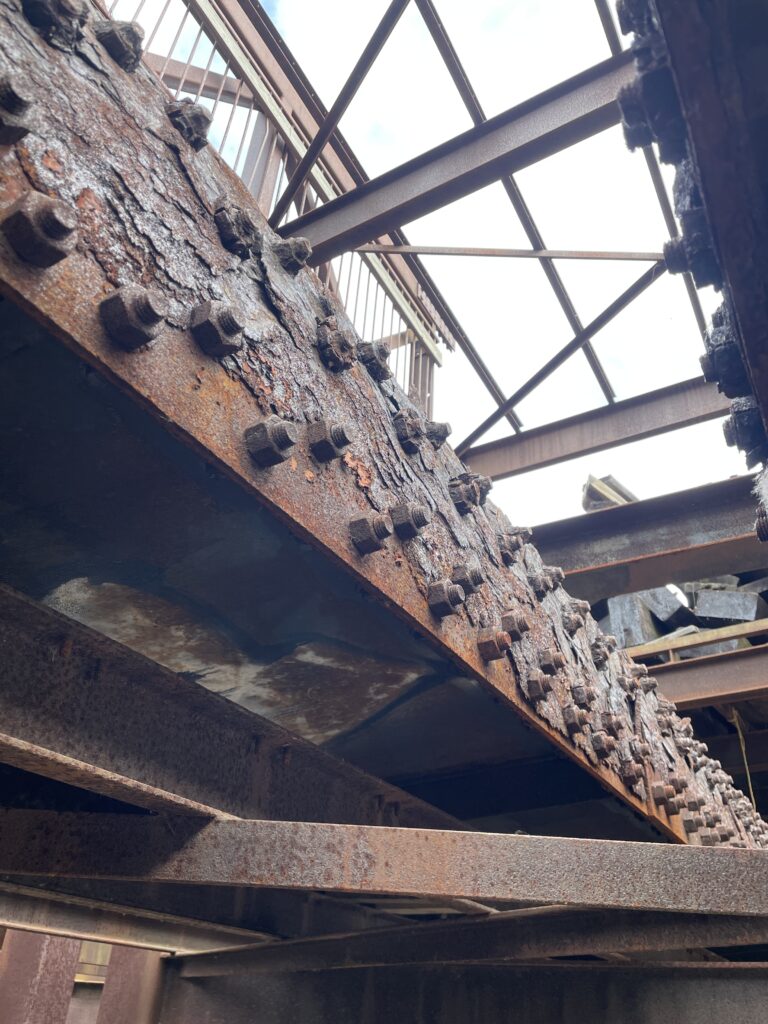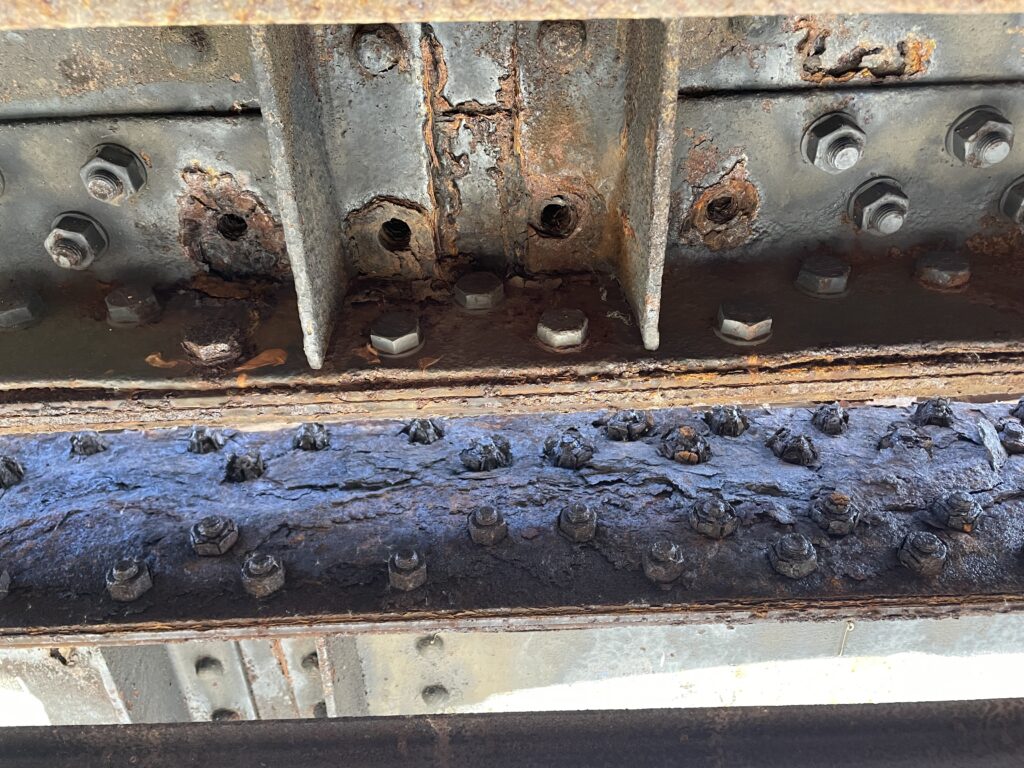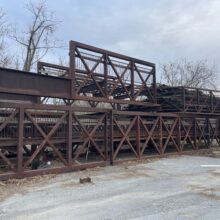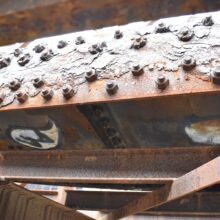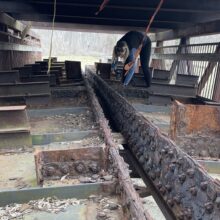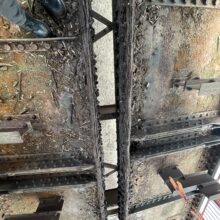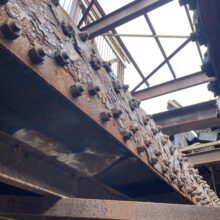Talbot Avenue Bridge
The Talbot Avenue Bridge is one of the few remaining historically significant structures of Lyttonsville, a neighborhood named after Samuel Lytton, a free black laborer who purchased four acres of farmland just outside the Silver Spring, Maryland in 1853. The area became a community of free African Americans prior to the Civil War. The Talbot Avenue Bridge was built in 1918 by the Baltimore & Ohio (B&O) Railroad company, passing over the railroad tracks and connecting the two sides of Talbot Avenue. On one side was the historically African-American community of Lyttonsville. On the other side was Silver Springs, where racially restrictive deed covenants prevented African-Americans from living and businesses were governed by strict Jim Crow segregation. The Talbot Avenue Bridge became a symbol for segregation, as it was used during a time when Black residents relied on the bridge to access goods and services in the mostly white neighborhoods on the other side.
EverGreene was engaged by civil engineers Clark Azar & Associates to assess the salvaged bridge elements and conduct a material analysis. The bridge had already been dismantled and put into storage for potential future reuse. The purpose of the investigation was to analyze and document the condition of two of the main girders, identify the original finishes, and to provide recommendations for their conservation, storage, and future reuse.
The bridge itself has seen a few interventions since its construction in 1918. In 1986, the bridge was rehabilitated: the wood decking was replaced and some of the sub-structure’s steel members in the column bents were either reinforced or replaced. It was also during this time period and before 1995 that a steel guardrail was added to either side of the bridge.
The bridge was thoroughly inspection in 1993, which found the bridge to be in fair to poor condition, with areas of loss, corrosion, and cracking. Between 1998 and 2000, the bridge’s ownership was transferred to Montgomery County. After failing a safety inspection in 2017, the it was permanently closed to vehicular traffic. Following its centennial celebration, it was removed from its location to make way for the Purple Line construction and a new, two-lane bridge with pedestrian and bicycling access. Salvaged pieces of the bridge were placed in storage for future display along the Capital Crescent Trail to commemorate the unique history and culture of Greater Lyttonsville.
